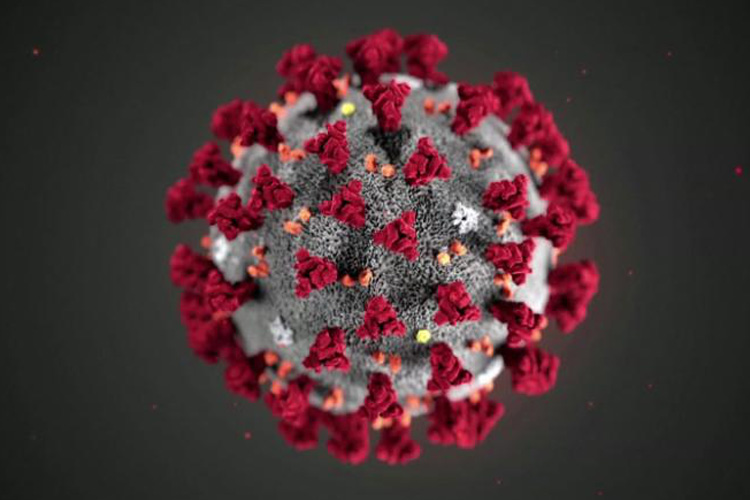


Concerns over kids and COVID-19 turn parents to become overly worried. Where did the novel coronavirus originate? How is it being transmitted? Is the disease threatening? How does it affect young children? When does the COVID-19 outbreak end? What guide for parents is available to take precautions where possible.
While we don’t know up to what extent the novel coronavirus may spread in our community, we are all aware of how contagious the disease is. The severity of the COVID-19 outbreak can vary from person to person, and there are precautionary measures and a guide for parents that we need to follow to prevent the virus from spreading rigorously.

As a guide for parents, it is a new type of coronavirus linked to the same family of viruses as Severe Acute Respiratory Syndrome (SARS) and some types of a common cold. The infection can cause an outbreak of respiratory (lung) disease. It was first identified in Wuhan, China, and has been named coronavirus disease 2019 (COVID-19). ‘CO’ stands for corona, ‘VI’ for virus, and ‘D’ for disease. Formerly, this disease was referred to as ‘2019 novel coronavirus’ or ‘2019-nCoV.’
Today, COVID-19 has been described as a pandemic by the World Health Organization as it has now been detected worldwide. Declaring COVID-19 as a pandemic is not an indication that the virus has become deadlier. Instead, it’s an acknowledgment of the disease’s geographical reach. While the immediate health risk in the United States is not quite alarming, it is still best to have a contingency plan in case the risk level rises in the future.
Novel coronavirus can range from mild to severe and can include:
Kids and COVID-19 are the two main subjects that give parents the most attention today. Parents are worried about how kids are affected by this pandemic. As a guide for parents, scientists say kids show remarkable resistance to COVID-19 but could still be spreading it. According to the Centers for Disease Control and Prevention (CDC), children do not seem to be at higher risk of getting COVID-19. However, some people are, including

Kids are less susceptible to novel coronavirus. Children don’t seem to be catching the coronavirus at the same rate as adults. And if they do, they only experience mild symptoms or none at all. It is rarely severe for kids, and this should help parents alleviate their fears and become anxious about their kids getting infected in this COVID-19 outbreak.
A new study published in Nature Medicine assessed ten children in China between the ages of 2 months and 15 years old who had COVID-19 and recovered. Chinese researchers screened 745 children who had close contact with COVID-19 patients or were members of families that were infected. As of today, there have been no known deaths reported in the 0-9-year-old age group, and there have been lower hospitalization rates compared with adults.
“The evidence so far would suggest that children, at least in China, many children have gotten and had… either had a very mild illness or not had any illness at all,” Dr. Arthur Reingold, an epidemiologist at the University of California at Berkeley, told CNN.
“Children simply don’t get very sick when they get this infection,” Reingold added. “So if they develop any symptoms at all, they’re mild … and so, severe illnesses and deaths, fortunately, are incredibly rare.”

Kids are bound to have questions about the novel coronavirus, and parents need to address the issue by helping them understand the situation. Experts say there are helpful ways to educate your kids without causing undue alarm. Hence, the Centers for Disease Control and Prevention (CDC) is a great guide for parents as it has prepared some general principles for parents, school staff, and others who frequently interact with children that can help reduce anxiety.
1. Remain calm and reassuring.
Remember that children will react to both what you say and how you say it. They will pick up cues from the conversations you have with them and with others.
2. Make yourself available to listen and to talk.
Make time to talk. Be sure children know they can come to you when they have questions. Make sure you share information that’s appropriate for the child’s age and maturity level. Remember, it’s best to use simple language kids can understand.
3. Avoid language that might blame others and lead to stigma.
Remember that viruses can make anyone sick, regardless of a person’s race or ethnicity. Avoid making assumptions about who might have COVID-19.
4. Pay attention to what children see or hear on television, radio, or online.
Consider reducing the amount of screen time focused on the COVID-19 outbreak. Too much information on one topic can lead to anxiety.
5. Provide information that is honest and accurate.
Give children information that is truthful and appropriate for the age and developmental level of the child. Talk to children about how some stories on the COVID-19 outbreak on the internet and social media may be based on rumors and inaccurate information.
6. Teach children everyday actions to reduce the spread of germs.
As parents, encourage your kids to help stop the spread of COVID-19 by teaching them to do the same things everyone should do to stay healthy — nutritious food, proper hygiene, wash hands with soap and water frequently, plenty of sleep, exercise, drink lots of water, etc.
Stay calm! If parents seem overly worried, children’s anxiety may rise. Always reassure your kids that health and school officials are working hard to ensure that everyone stays safe and healthy. Help your kids understand how to find reliable information on the internet.
Provide them instructions on preventive measures and give them a sense of control over their risk of infection to help reduce anxiety. Make them understand that there will eventually be some kind of end to the current COVID-19 outbreak, and that life will more or less come back to normal.
4Kids.com offers a wide variety of opportunities for kids to enjoy and have fun all year round! Check out our list of resources for kids. If you’re even more curious and seeking to learn more information about kids’ topics, tips, and guides, check out our health-related blog posts.
Recommended Measures to Prevent Transmission of Coronavirus
15 Fun Things To Do with Kids in Elk Grove
Homeschooling – A Second Look
Summer Camp for Kids
Just enter your email address below and you’ll get an email every time we publish a new post!
Categories :
Notifications